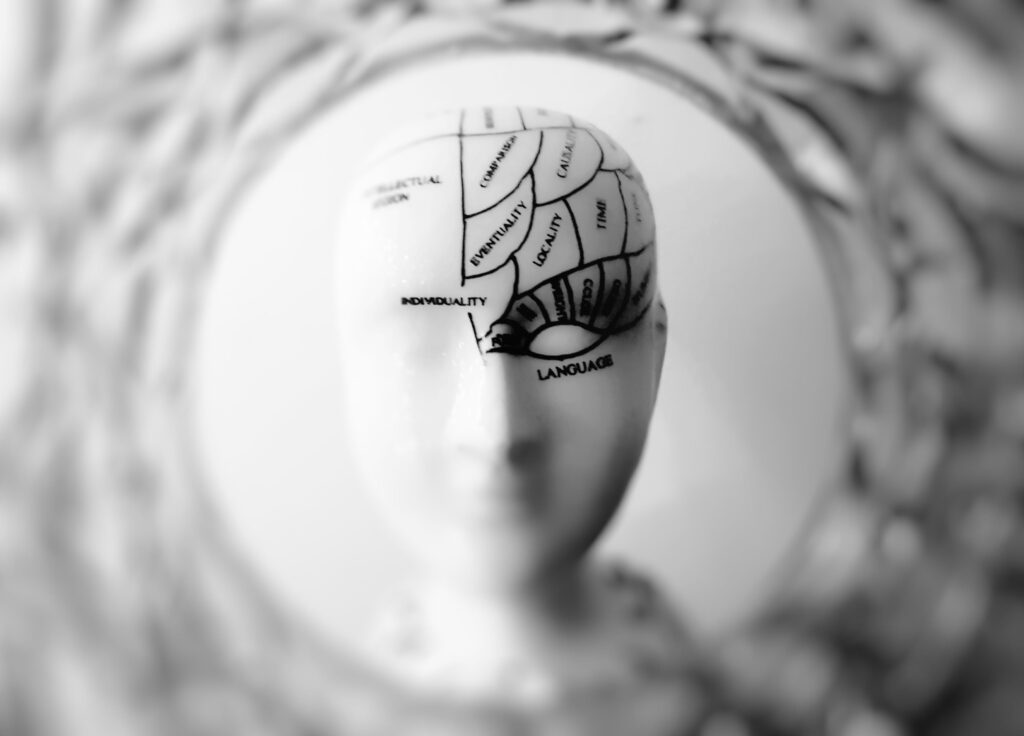
In the pursuit of effective learning, our chosen methods can significantly impact our ability to retain and apply information over the long term. While passive learning methods may engage specific brain areas, they often fail to promote deep understanding and memory retention. This blog post explores the neuroscience behind two powerful learning techniques – active recall and the Feynman Technique – shedding light on how they stimulate key brain regions like the hippocampus, fostering more durable and meaningful learning experiences.
Understanding Brain Regions Involved in Learning
1. Occipital Cortex, Angular Gyrus, and Fusiform Area
Passive learning methods, such as reading or watching videos, predominantly activate the occipital cortex, angular gyrus, and fusiform area. The occipital cortex processes visual information, while the angular gyrus and fusiform area integrate and recognize patterns. While these areas play crucial roles in initial information intake, relying solely on them for learning may not facilitate deep understanding or long-term retention.
2. The Hippocampus: The Memory Center
The hippocampus, a seahorse-shaped structure deep within the brain, plays a pivotal role in forming and consolidating memories. Active recall, a learning technique involving retrieving information from memory, directly stimulates the hippocampus. When we actively recall information, the hippocampus strengthens the connections between neurons, contributing to more robust and enduring memory traces.
Active Recall: A Workout for the Hippocampus
Active recall involves deliberately retrieving information without relying on external cues. This process forces the brain to reconstruct the information, strengthening the neural pathways associated with that knowledge. The hippocampus, acting as the brain’s memory center, is mainly activated during active recall sessions. By repeatedly retrieving information, learners reinforce their understanding and improve their ability to recall the material in various contexts.
The Feynman Technique: Enhancing Understanding through Teaching
The Feynman Technique, named after the renowned physicist Richard Feynman, emphasizes that teaching a concept enhances one’s understanding. This technique involves breaking down complex ideas into simple explanations and teaching them as if to a beginner. By doing so, learners actively engage their brains in simplification and answering, which aids in creating coherent mental models.
How Active Recall and the Feynman Technique Work Together

1. Active Recall as the Foundation
Active recall forms the bedrock of effective learning. By actively retrieving information, learners stimulate the hippocampus, contributing to more robust memory formation. This versatile technique can be applied to various learning materials, from textbooks and lecture notes to real-world problem-solving scenarios.
2. The Feynman Technique for Deeper Understanding
The Feynman Technique complements active recall by encouraging learners to articulate their understanding of a concept in simple terms. This process solidifies their grasp of the material and highlights areas of potential confusion. As learners identify gaps in their knowledge, they can target those areas during subsequent active recall sessions.
Conclusion
In the quest for effective learning, understanding the neuroscience behind different techniques can guide us toward strategies that promote deeper understanding and long-term retention. Active recall and the Feynman Technique stand out as powerful tools in the arsenal of any learner. By incorporating these techniques into your study routine, you can enhance your learning experience and build a lasting foundation of knowledge.